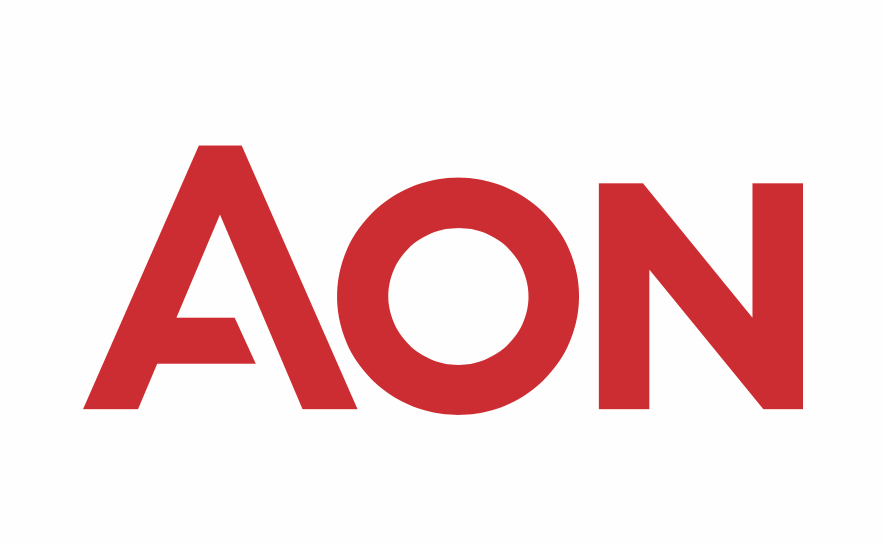Climate and cyber are opportunities for reinsurance capacity expansion: Aon

The value-proposition of risk transfer through reinsurance remains strong, according to broking giant Aon, who said recently that while reinsurance capital levels remain adequate across most of the market, there are some opportunities for new capital to enter and existing players to expand.
Reinsurance capital increased through the first-half of 2021, reaching a high at $660 billion, of which Aon estimates alternative capital, from insurance-linked securities (ILS) such as catastrophe bonds and collateralized reinsurance made up $97 billion.
While this contributed around 15% of total reinsurance capital and was up slightly in the second-quarter, the ILS market has been impacted by catastrophe losses again which may flatten capital growth a little when end of year figures are released for 2021.
That does present some opportunities for new capital deployment in areas such as retrocession, of course, but Aon also highlights other areas of opportunity.
“Overall, reinsurance capital remains at a strong position to support primary market risk transfer needs as well as positioning insurers for product line and geographical expansion,” Aon explained in a recent report.
But the broker also noted that, “Opportunities still exist for reinsurance capacity expansion to support new products in several areas, notably cyber and climate.”
Here, climate could mean the development of entirely new categories of risk transfer product, focused on helping companies and entities offload, or offset by use of risk capital, climate change related financial risks that sit on their balance-sheets.
But it also reflects the opportunity in property catastrophe business, where trends in loss activity may often now be cited as part of climate risk and recent heavy loss experience could lead to more protection buying, as re/insurers look to control their exposures.
“As we look to January renewals, insurers continue to refine their catastrophe view of risk which may contribute to additional risk transfer as climate change continues to produce increased loss activity,” Aon forecasts.
This applies through the renewal seasons in 2022 as well, with increased focus on areas of climate exposure.
Cyber too presents an opportunity, which has been made all the more obvious by skyrocketing rates, reductions in capacity and the fact many market observers say that lack of reinsurance and retrocession has been creating challenges for primary underwriters in the cyber risk space.
While cyber remains a particularly niche exposure in the ILS market, there is perhaps opportunity for innovative companies to come up with metrics that could be used to provide cyber peak peril reinsurance or retrocession.
Like climate, cyber is an area where innovation will be key and a different approach to structuring risk transfer products could generate new demand and opportunity.
But we’ll likely need to see the cyber insurance market settle-down and gain greater control of its loss ratios before a significant amount of new capital would target this line of business, in anything other than a highly controlled and loss-capped manner.








